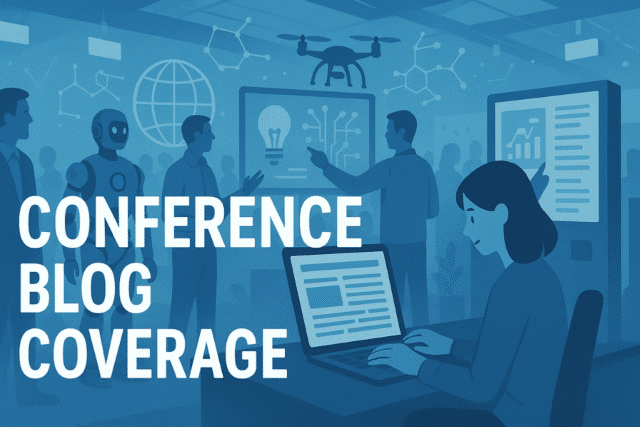Consider Stakeholders in Choosing AI Solutions

One way to pick innovative tech solutions is by asking, ‘What’s the ROI?’
But foodservice distributors should also think more broadly by considering how choices will impact a wide range of stakeholders. It’s a smart approach that can help drive success.
That is the perspective of Jim Hoss, senior vice president of Transportation and Operations, Cash-Wa Distributing, who spoke to us about the growing crop of AI solutions.
“As distributors evaluate AI tools, they should take into account the needs of customers, employees, suppliers, consumers and communities — in addition to the business itself and its owners and investors,” he said.
Hoss will be one of the industry executives exploring AI solutions at the upcoming IFDA Solutions Conference. Attendees can take advantage of education sessions and the expo to gain information and insights. Hoss outlined examples of how distributors can think about the needs of various stakeholders when exploring and considering tech solutions.
- Distributor Owners/Shareholders: Business owners recognize thatAI-powered tools are increasingly important for driving financial results through efficiency, productivity and growth, Hoss observed. These tools are being implemented across organizations in areas including transportation, sales and marketing, warehouses and procurement.
- Customers: It’s helpful ifdistributor technology can communicate with customers’ systems to assess historical and real-time sales patterns. “If we know a customer had a big week with certain items a year ago — let’s say for a special event like a college football game — then we can be more prepared this year to help drive customer success,” Hoss said. Having access to customer data could also help distributors support customers in other ways, such as by quickly identifying their needs in new markets, he added.
- Suppliers: Distributors can enhance supply strategies with technology tools that measure macro buying and procurement variables. “Let’s say we are buying items from Mexico,” he explained. “Our buyers aren’t meteorologists, but some AI tools could assess storm or drought patterns in the growing areas to give us real-time guidance to help with procurement.”
- Workforces: AI-powered tools are becoming more important for workforce needs ranging from recruitment and human resources to office tasks. Technology also will play growing roles in measuring employee success, said Hoss. As one example, AI could help measure if an order selector is keeping up with — or perhaps even outperforming — on productivity and efficiency requirements, based on performance against established standards.
- Communities: Communities are important stakeholders, and promoting safety is one of their key needs, Hoss observed. Driver safety tools can help protect the public against accidents. A wide range of emerging technology solutions are being deployed for fleets to help boost safety. For example, AI can help identify maintenance needs before a failure takes place.
- Consumers: Consumers expect top-notch performance on food safety. Technology can support this need by automating the tracking of distributor food safety compliance and record-keeping, which can help make safety audits more effective and seamless, Hoss said. “AI will become more robust over time in helping distributors manage the food safety function.”
Article authored by freelance writer David Orgel.

